Alexander Dennis presents new Enviro400EV model developed for London
The British bus manufacturer had already presented the model, which is now the sole responsibility of the company, at the Euro Bus Expo 2022 before the market launch at the end of last year. It is based on a new Group platform for BEVs and FCEVs, which, according to Alexander Dennis, incorporates “the findings of the entire NFI Group”. The battery-electric double-decker continues to bear the name Enviro400EV, which is identical to the previous electric double-decker from the BYD-ADL cooperation. However, they are different buses in terms of design.
The technical data has been known for some time: the Enviro400EV has a peak output of 410 kW. The model is available with two battery options (354 or 472 kWh). The range of the small battery is up to 160 miles (around 257 kilometres), while the large battery has a range of up to 260 miles (approx. 418 kilometres).
Alexander Dennis has now provided more detailed specifications for use in London. The Enviro400EV for TfL is equipped with a 472 kWh battery as standard, which the manufacturer guarantees for 14 years or one million kilometres – whichever comes first – under normal operating conditions in the capital. “This means that the zero-emission bus can cover two consecutive seven-year contracts without the batteries having to be replaced, which contributes to a low total cost of ownership,” reads a statement from the bus manufacturer.
Although no exact values are given for the possible ranges in the British capital, the manufacturer emphasises the energy efficiency of 0.67 kWh/km in the UK Bus Cycle. It also states that “in addition to a detailed route analysis”, “extensive tests were carried out at cell, module, pack and vehicle level” together with the supply partners. These have shown that 99 per cent of London’s routes can be fully covered with the 472 kWh battery.
When the battery is empty, it can be fully charged within three hours via CCS at a fast-charging station, according to Alexander Dennis. There is no information on the exact charging capacity. Optionally, the charging process can also be carried out using a pantograph mounted on the roof. According to the manufacturer, charging should be “even faster” in this way, but without going into more detail.
With a length of 10.5 metres, the electric bus has been particularly optimised for the dense London traffic. Despite this short length, a total of 87 passengers (62 seats) can be transported in the Enviro400EV. This also includes the wheelchair space provided in the standard Transport for London interior, which can be accessed via an electric ramp on the centre doors.
In addition to technical data on the electric drive system and the transport capacity, Alexander Dennis also commented on individual safety systems. For example, the manufacturer says it has worked closely with TfL to ensure that the Enviro400EV fulfils the latest version of the capital’s bus safety standard. The model is also said to be designed to comply with UN Regulation 155 on cyber security and cyber security management. The Enviro400EV will also be the first vehicle to fulfil the requirements for pedestrian head impact.
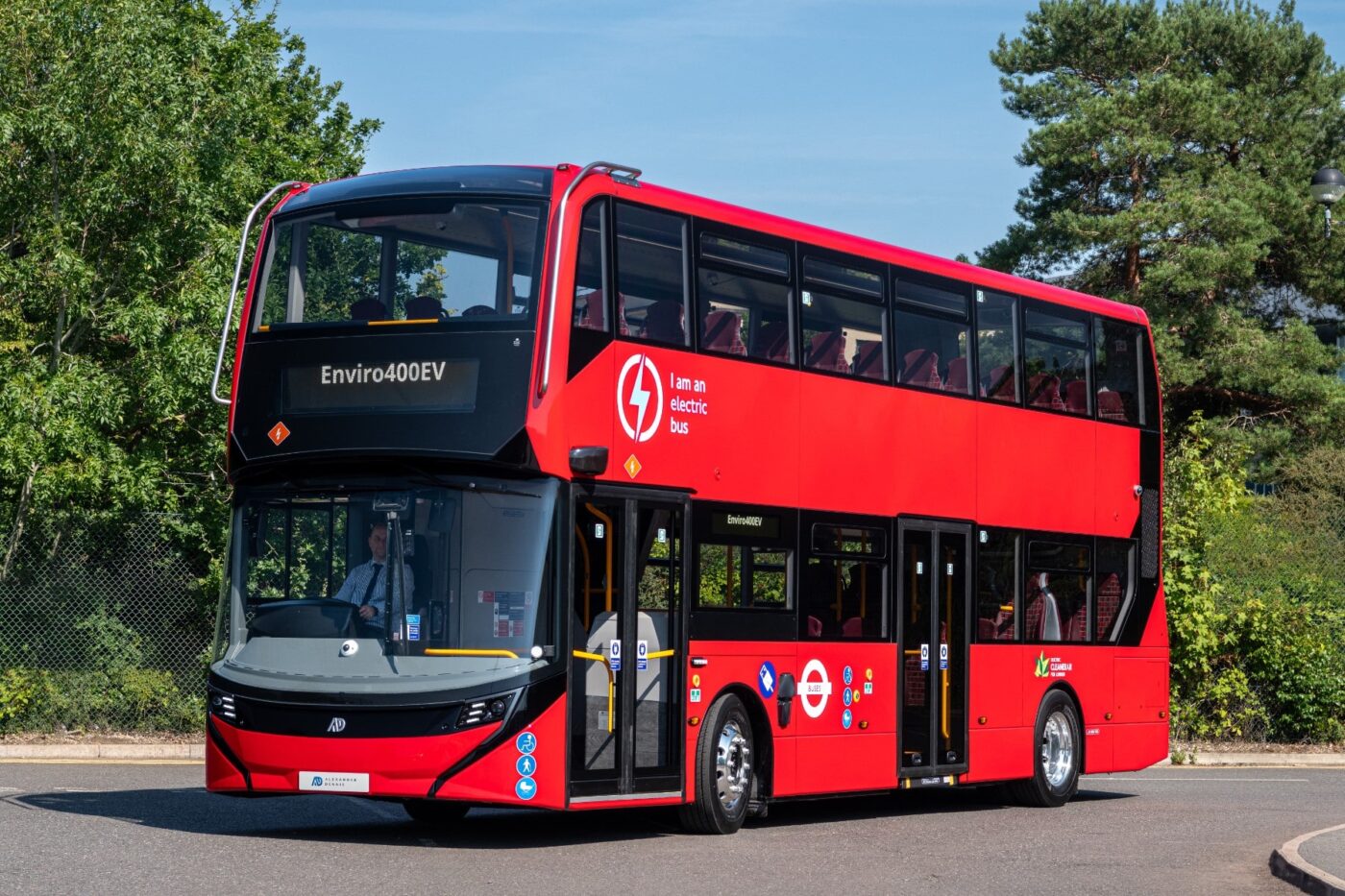
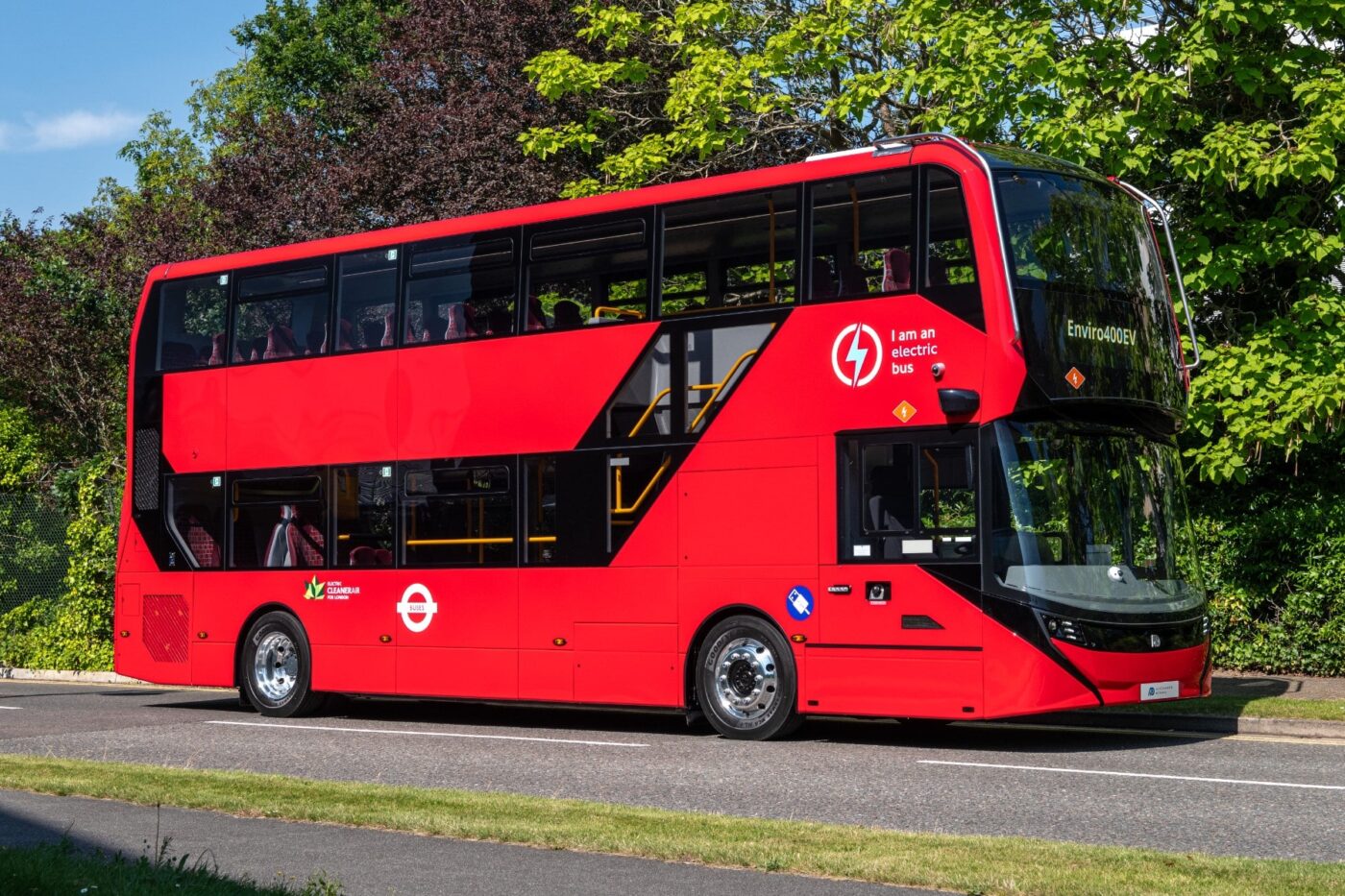
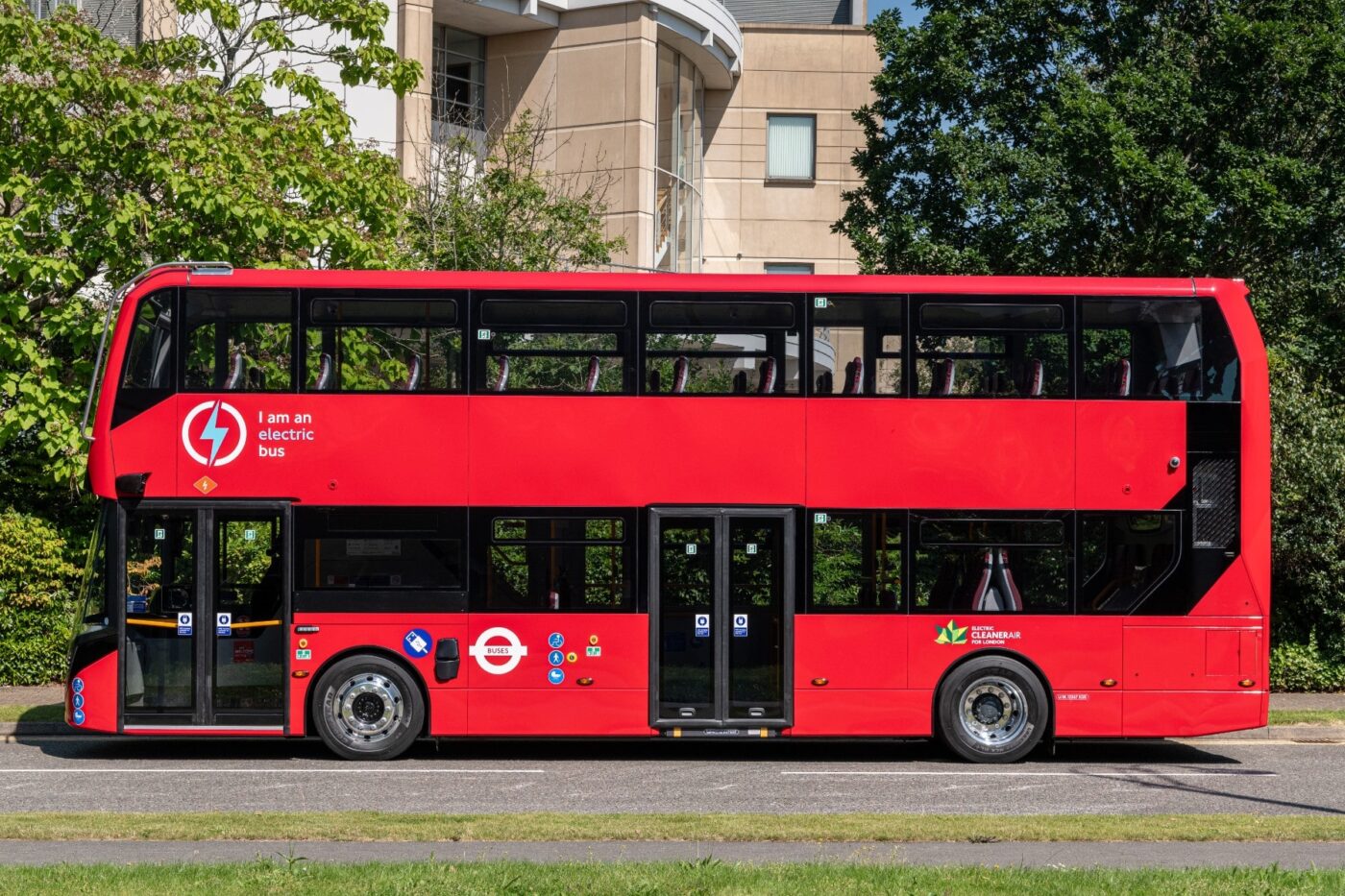
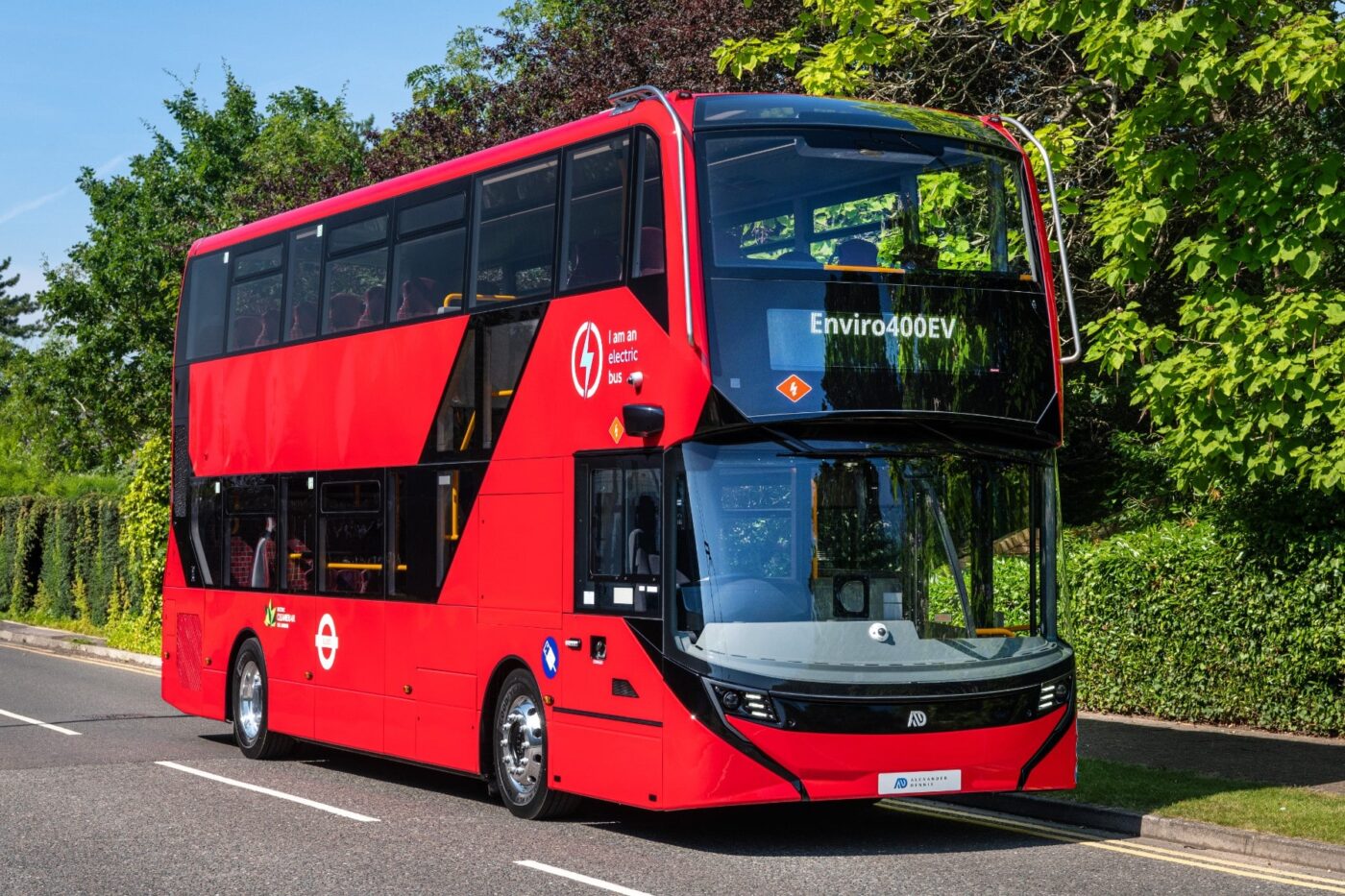
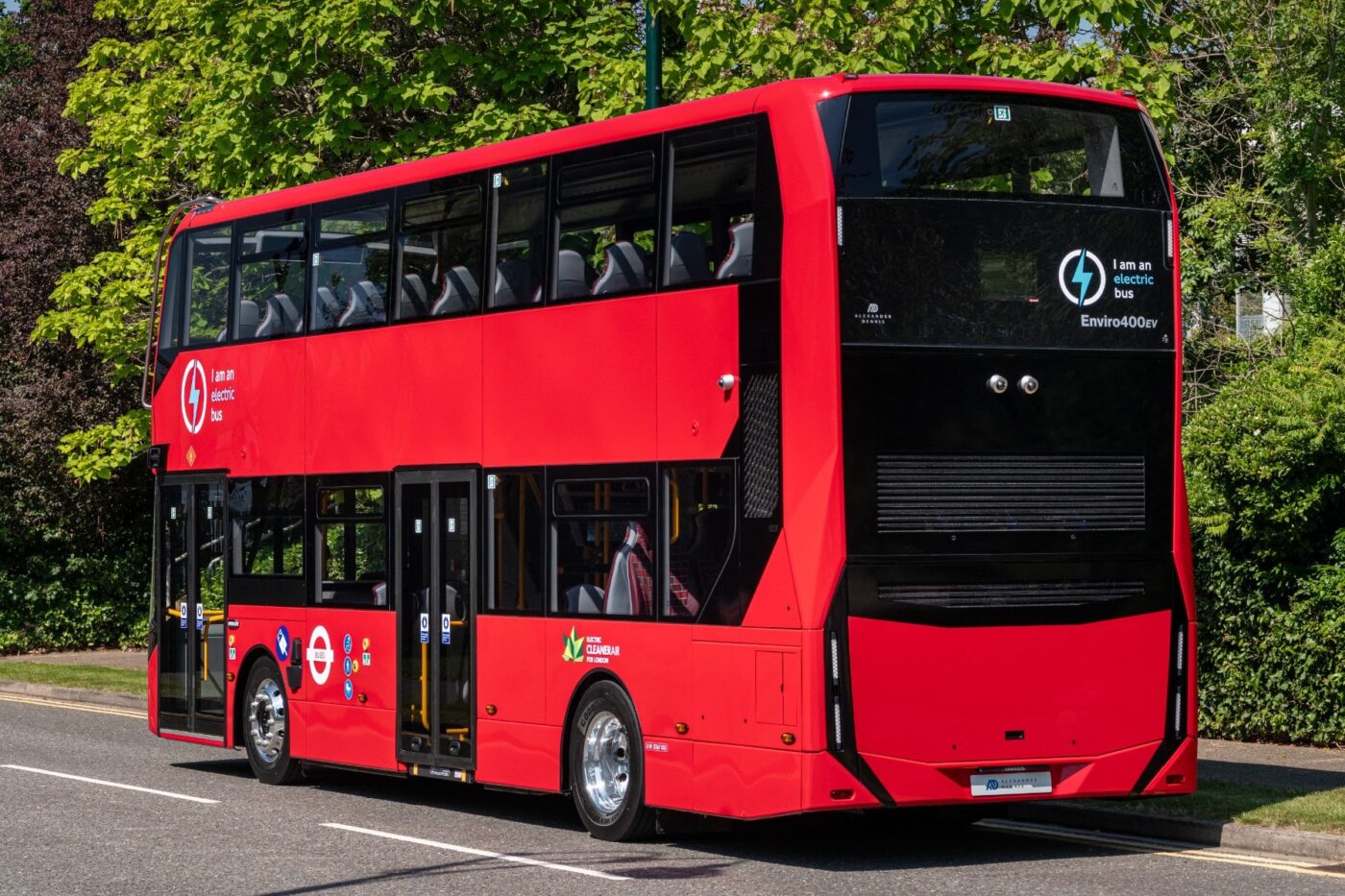
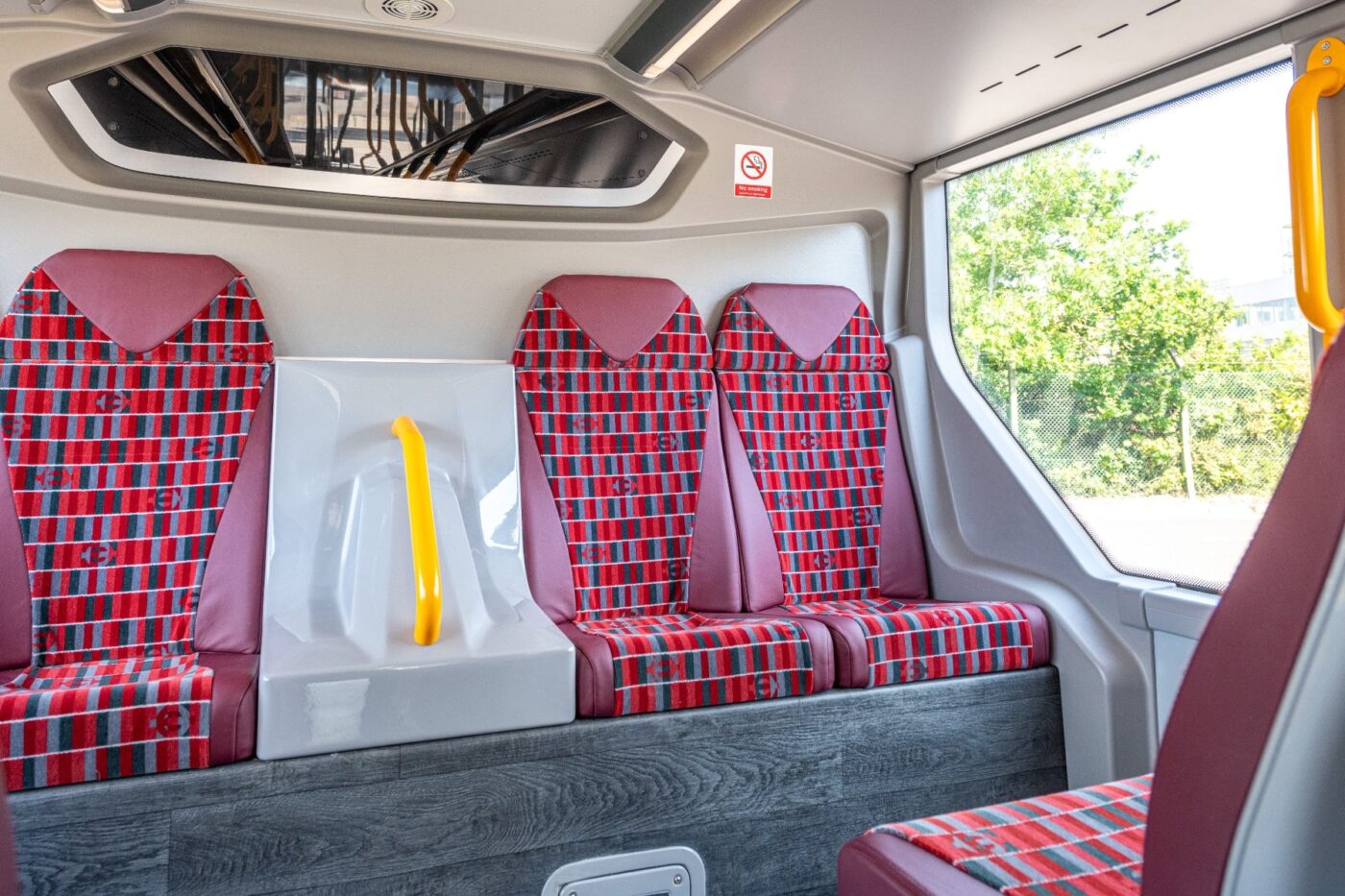
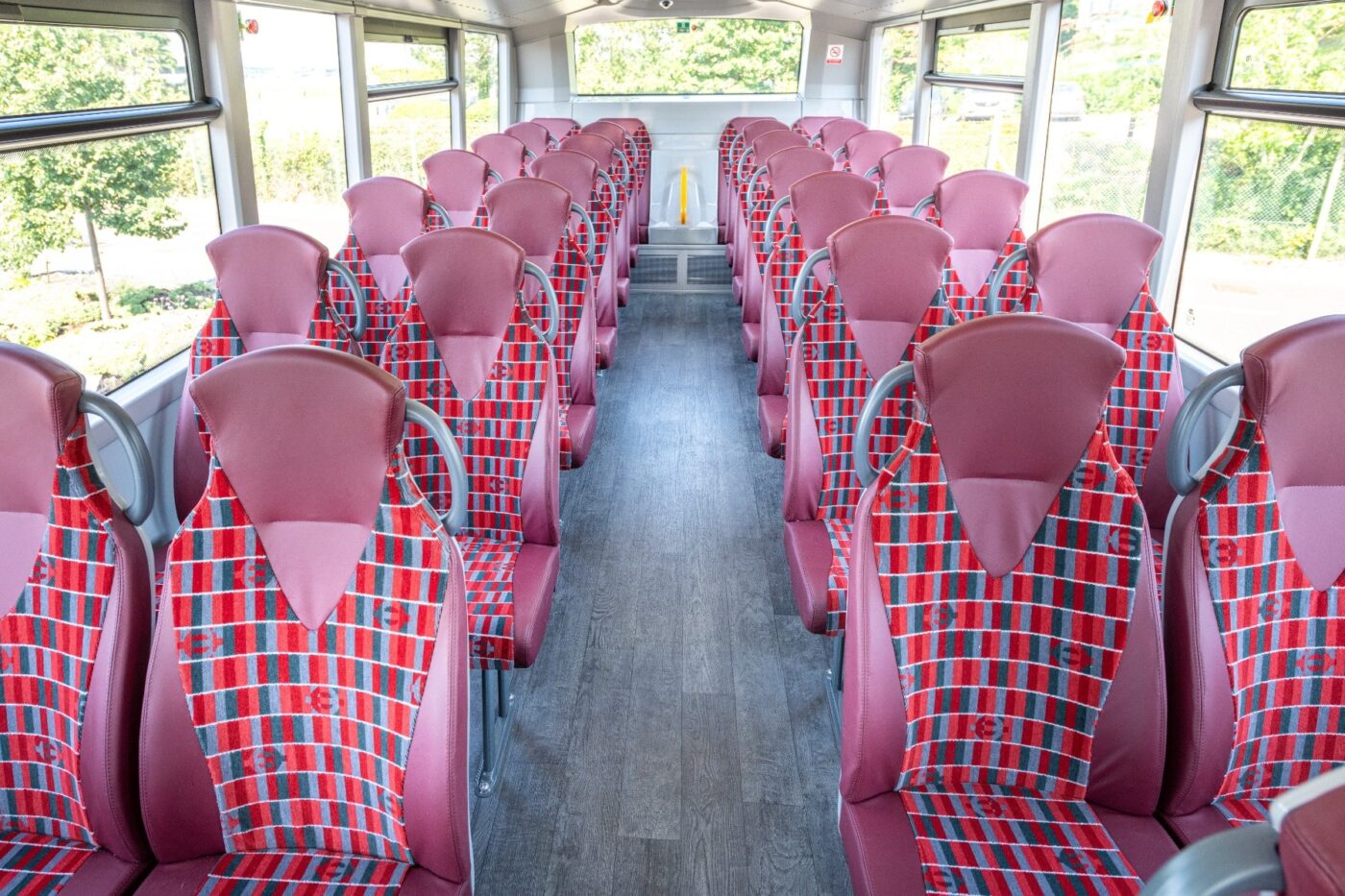
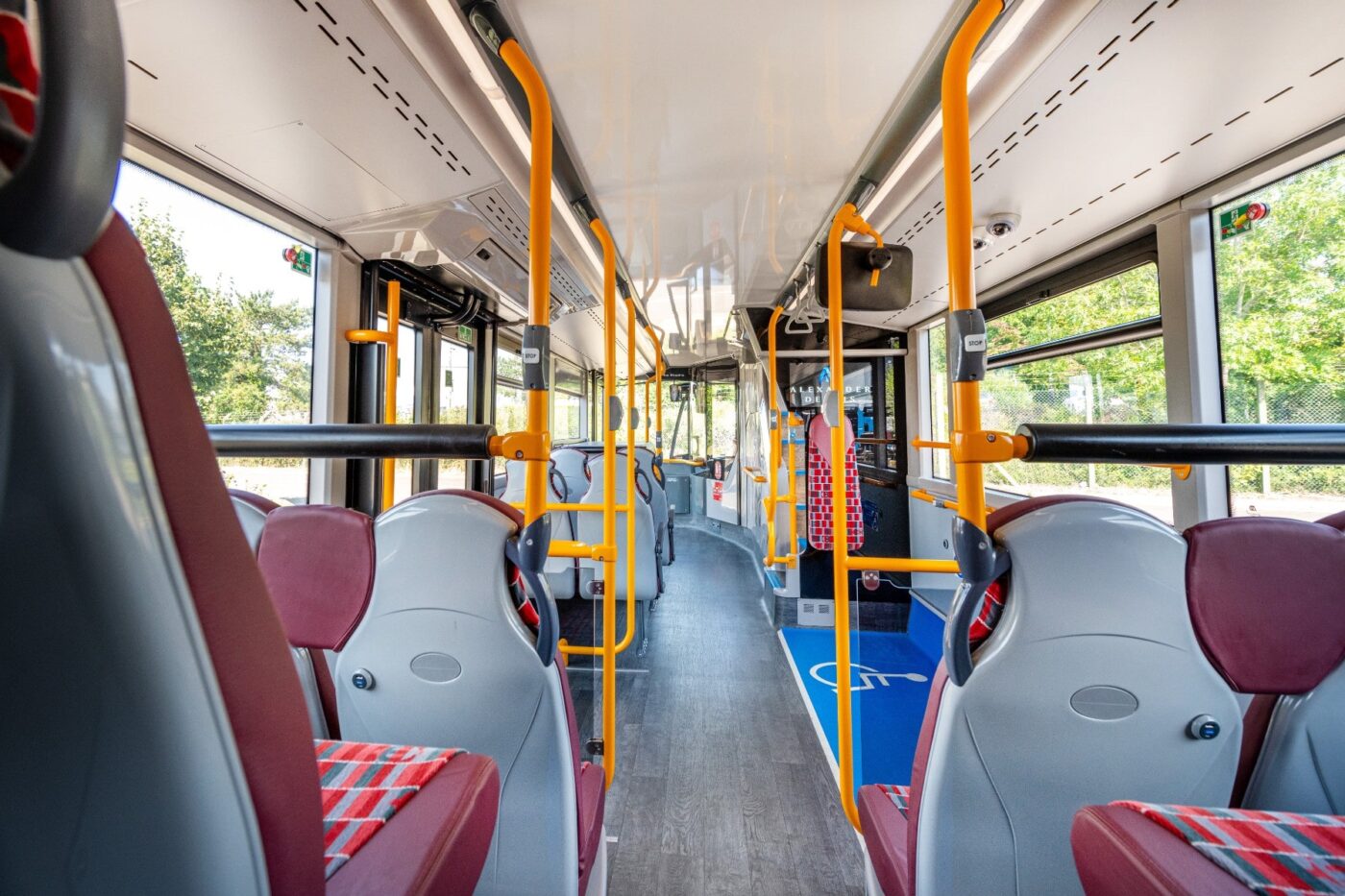
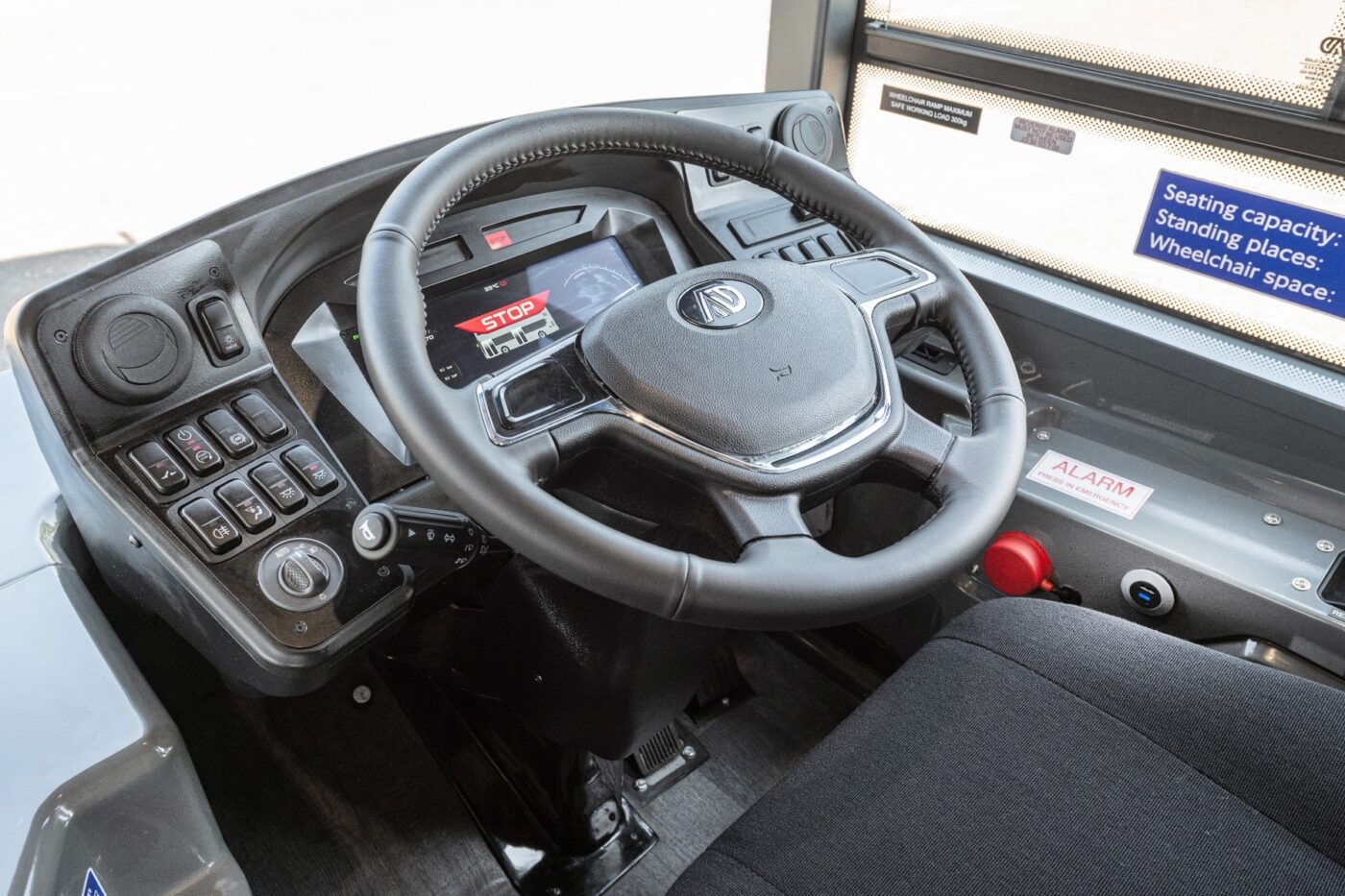
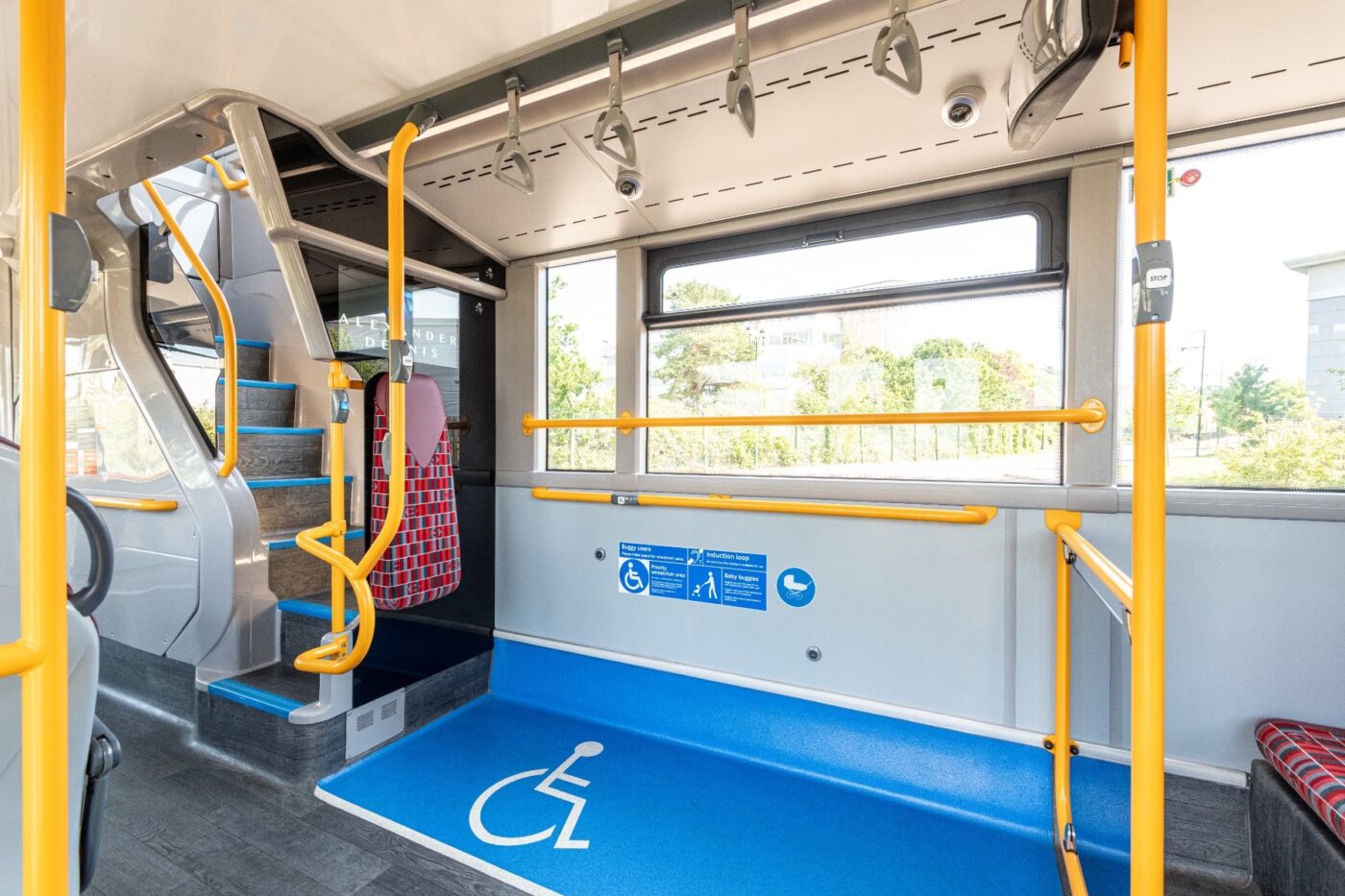
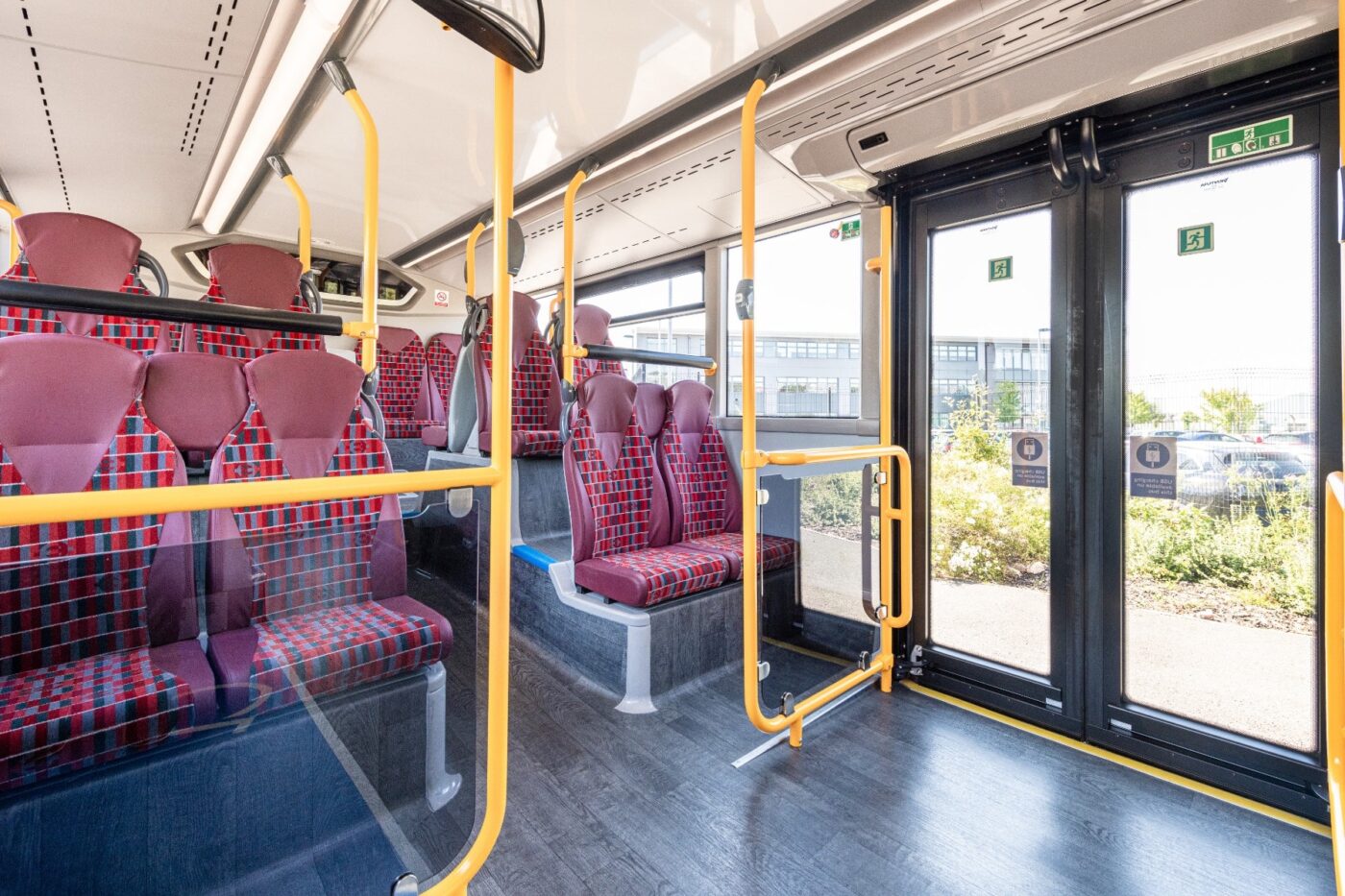
This example is still a demonstration vehicle to London specifications, which will be “made available” to operators later this year once homologation and certification have been completed. In addition to the variant with the 472 kWh battery, Alexander Dennis is also offering the Enviro400EV with a smaller 354 kWh battery. Although this variant offers less range, it can carry a total of 96 passengers instead of 87.
The next-generation Enviro400EV for London will soon be followed by the Enviro100EV, which is designed for TfL’s smallest single-decker size. Orders for both models have already been received from London transport companies. The Enviro200EV single-decker is currently under development and should be able to cover all other TfL vehicle requirements.

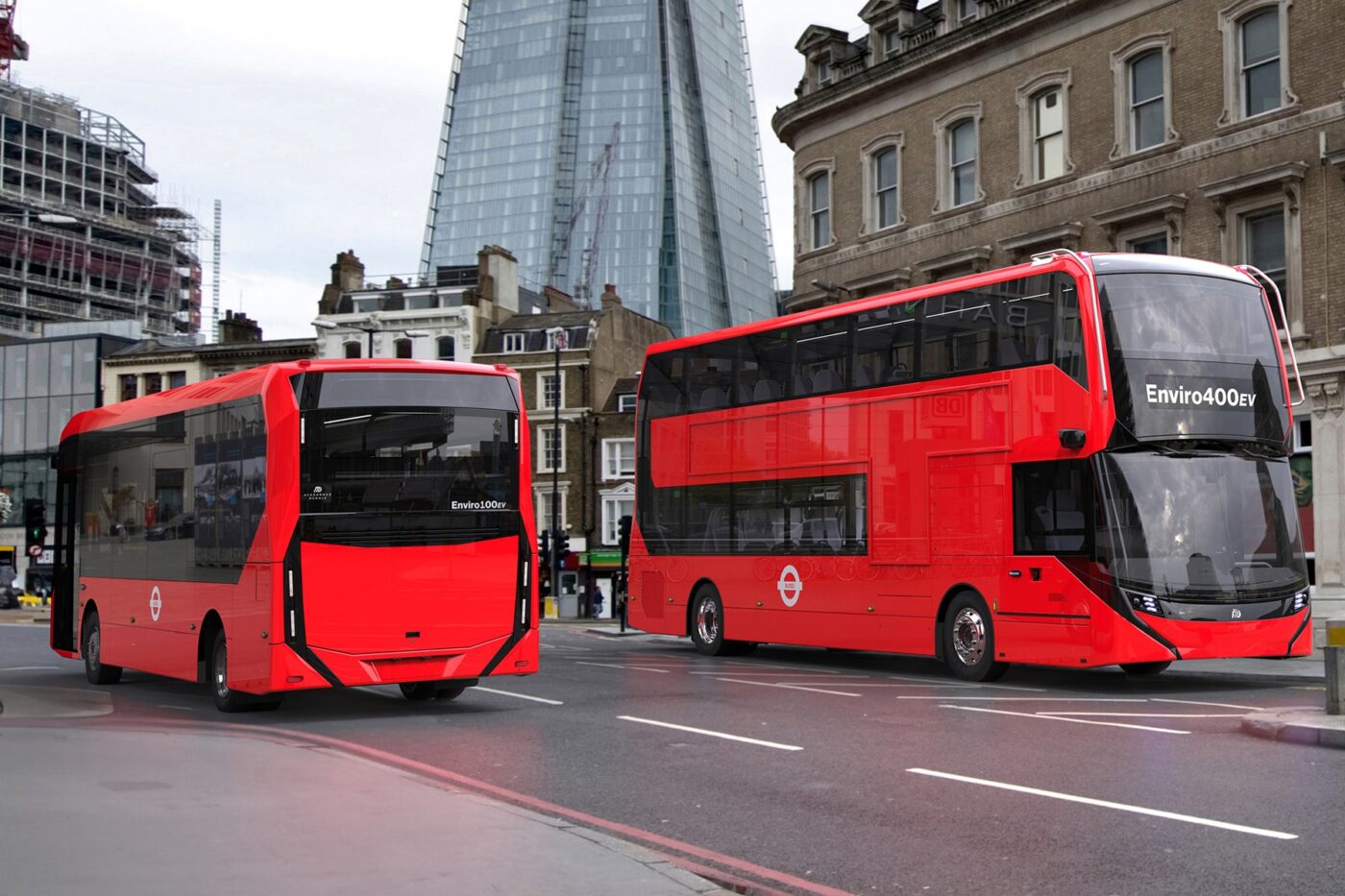
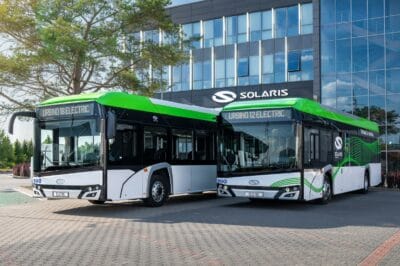
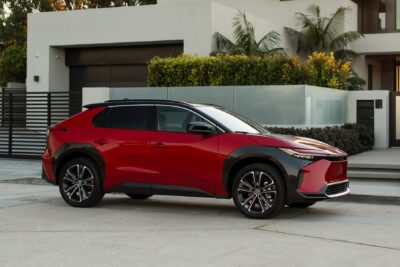
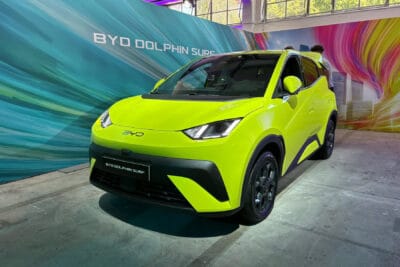
0 Comments